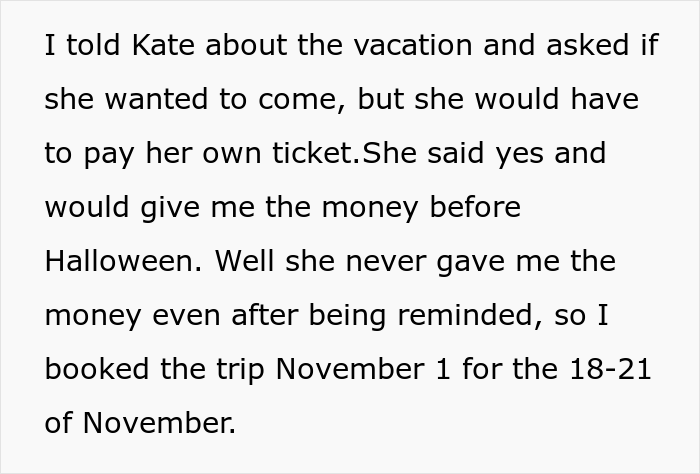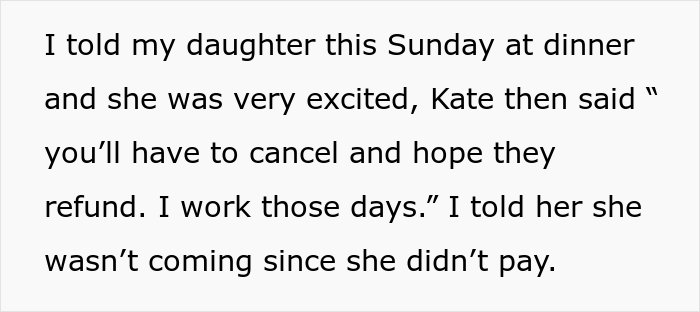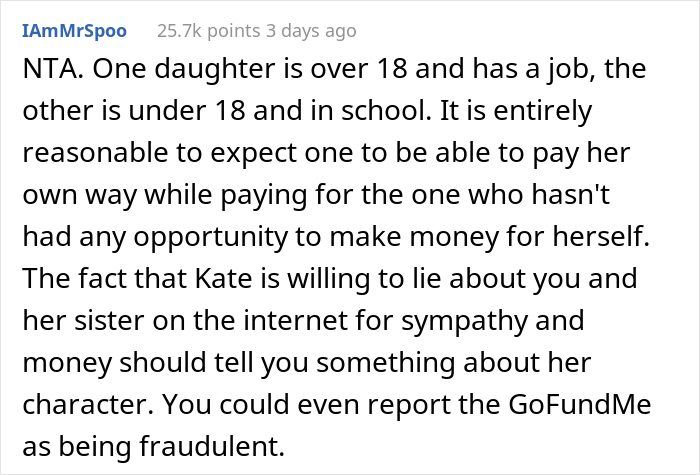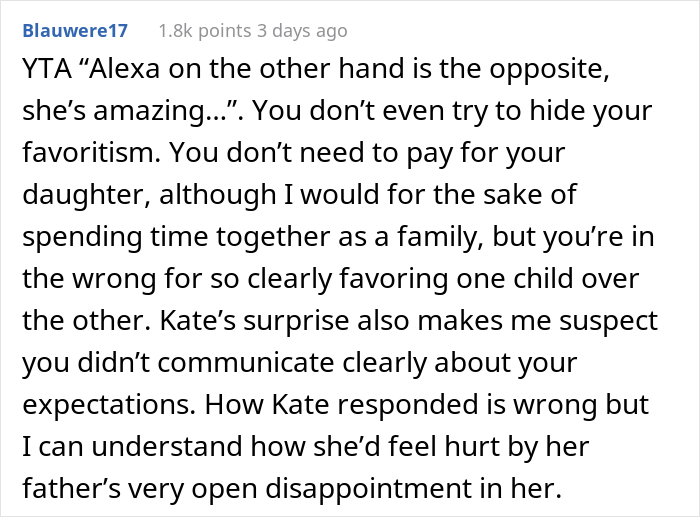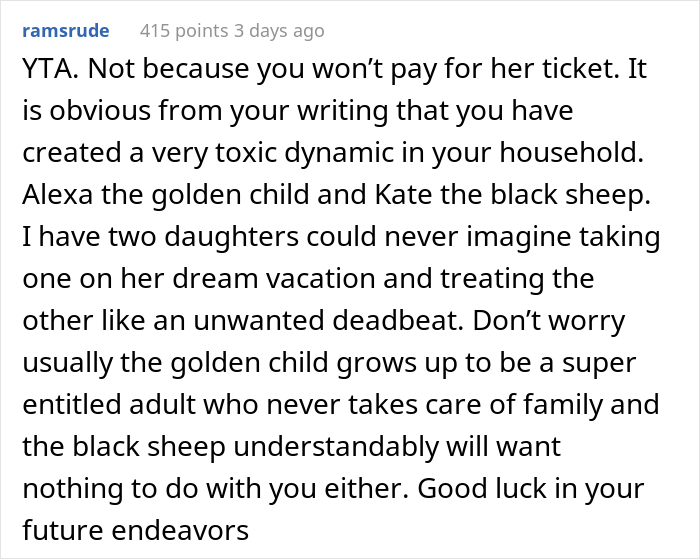The Diamond Firetail is a small bird sometimes described as one of the most stunningly colored birds of the finch family. The top of its body is ash brown with crown, forehead, and neck grey. The under feathers are white with a crimson rump. There is a black band across its neck which continues down the flank to be dotted with white.
The bill and eye-ring are coral, and the legs and feet are dark greys. The female is similar to the male although sometimes smaller. The juvenile Diamond Firetail has a black bill and is duller in color. They fly low and flocks travel in long lines. This species may also be called the Diamond Finch or Java Sparrow.

Only the most experienced breeders can reliably produce this variety of the Diamond Firetail (Stagonopleura guttata).
The Diamond Firetail is an Australian finch that dares you to ignore it – with its bright red beak, sparkling black and while flanks and forthright personality, this isn’t a quiet little finch that disappears into the bushes. In fact, firetails have a reputation as being not the most sociable bird with other species and for this reason, some people hesitate to start keeping them. But are they really so anti-social?
Here’s what these stately little birds look like in the wild:

SPECIES BASICS
The Diamond Firetail (Stagonopleura guttata), also known as the Diamond Sparrow, is an Estrildid finch that is endemic to Australia and is found from the Eyre Peninsula of South Australia right through to the south-east of Queensland. There are a number of sites in three states that have been listed as important for the species conservation by BirdLife International, including the Greater Blue Mountains in New South Wales and the Patho Plains in Victoria. The bird has suffered from a loss of habitat across its native areas that has led to it being classified as ‘near threatened’ by the IUCN. Overgrazing, weed invasion, and the loss of plants that it relies on for food are also leading to major problems for the firetail.
One of the problems with the firetail is its distinctive looks – there is no real difference between male and female birds. Some say that the females have duller colors, smaller skulls, and even a paler beak color but none of these are conclusive. The bird has a silvery grey head color with a white throat, bright red eye-rings, and maroon red beak. It has a black tail and a bright red rump while the flanks are black with white spots and the belly is also white.

There are a number of mutations that have surfaced in the captive breeding population. These include:
- Fawn – dark brown areas become a soft brown while black becomes dark brown (sex-linked)
- Yellowbird has an orange bill, rump, and eye-ring
- Silver – feathers are a silvery-white with a light red rump
- Pied – random splashes of white among feathers that are otherwise colored

KEEPING DIAMOND FIRETAILS
Firetails are often said to be best in good-sized cages or flights as they can become lazy and prone to obesity if there isn’t much space to fly around. They are relatively hardy birds but should not be subjected to the worst of the weather without heating.
These birds form a strong pair bond and remain with each throughout their life. Outside the mating season, they will cluster in groups of 30 or more birds while during breeding, they use a colony system. They roost in a nest so they should always have access to one, even outside breeding season as well as materials to line it with.
The firetails will enjoy a diet based around a good foreign finch mix along with seeding grasses and fresh greens such as kale, broccoli, lettuce, and weeds such as dandelions and chickweed. They will enjoy millet spray as well as other treat seeds while sprouted seeds should be offered for their nutritional benefits. Some sources say they will benefit from live food such as mealworms or waxworms for their protein as well as to egg food. Mineral block, cuttlefish, grit, or any similar product should be offered for both good eggs and strong bones.

BREEDING SEASON
In the wild, these birds breed between August and January, although others will nest simply depending on the conditions. Birds need to be compatible to be successful so sometimes allowing them to pick each other from a group is the best way to succeed.
Males court the females by dancing with a piece of grass in his beak, bobbing up and down, and singing. He may approach the hen and use a begging posture as a fledgling does and mating usually occurs in the nest. The birds will normally choose a nest that is fairly near to the ground with dense cover and will use a nesting box or builds their own from grass, sisal, coconut fiber, and other similar materials. Plant silks and feathers are added inside.
The typical clutch is 5-6 eggs and they are incubated for 13 days, usually, after the 2nd egg is laid. The chicks remain in the nest for 21-26 days and then are weaned around a week later, at which time it can be advisable to move them to another enclosure. Firetails don’t appreciate nest inspections and can abandon eggs and young if disturbed

AGGRESSION
Diamond firetails are noted for their aggression, but is this always the case? It seems that generally, they can live in a mixed aviary as long as there is plenty of room and they live with birds of a similar size, such as the grassfinches, zebra finches, or cutthroat finches. Sometimes when coming to breeding condition, or when in the nest, they can be aggressive with other birds who seem to threaten their nest. They may also fight with others of their species or only one pair (the dominant one) will actually breed. The best way to know if a bird is settling into an environment is to watch them – if you see signs of aggression beyond chasing others away from the nest, then you may want to consider a change.

The aptly named Beautiful Firetail (Stagonopleura bella) is both beautiful & has a fiery tail!
They are the only finch species that occurs naturally in Tasmania
with @CatMYoung @ABSAbirds pic.twitter.com/oHJwaP8XQC
— David Hamilton (@davidghamilton1) June 16, 2019

Endemic to the southeast of Australia, ranging from the Carnarvon Ranges in Queensland to the Eyre Peninsula and Kangaroo Island in South Australia, the diamond firetail grows to 10-12 cm and weighs 17 grams, which is positively gargantuan when you compare it to the mini emu-wren, at just 4 grams.
It’s one of three firetail finches from the genus Stagonopleura, all of which are endemic to Australia.
The other two are the red-eared firetail (Stagonopleura oculata), found in the southwestern corner of Australia, and the beautiful firetail (Stagonopleura bella), endemic to the southeastern corner of the country.

Ranging from Newcastle to Kangaroo Island, the beautiful firetail is also found throughout Tasmania. In fact, it’s the only finch species that occurs naturally on the island.
While it might not have the most creative name in the world, it sure is apt. With a fat little body, a wide red beak, eyes rimmed in sky blue, and the most brilliant crimson tail, the beautiful firetail is a striking species to spot in the wild:
Keeping to coastal scrublands and forests, it’s a tricky bird to track down, but if you’re going to find it anywhere, it’ll be near water. And let’s just say when they get there, they’re not exactly quiet.
Look how excited they all are:
Australia’s firetail finches are not technically classified as threatened, but their numbers are declining, and things like habitat loss, feral cats, and other native birds such as the pied currawong are serious threats.
The good news is there are active measures being taken to ensure their numbers don’t continue to dip to dangerous levels.






